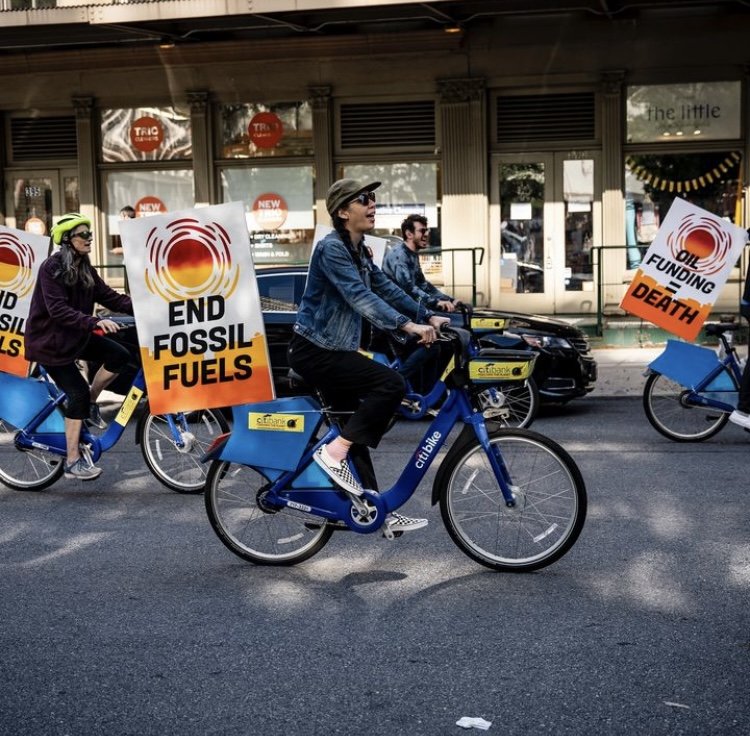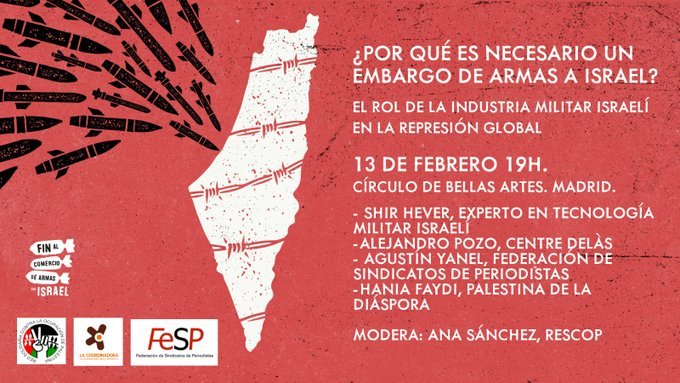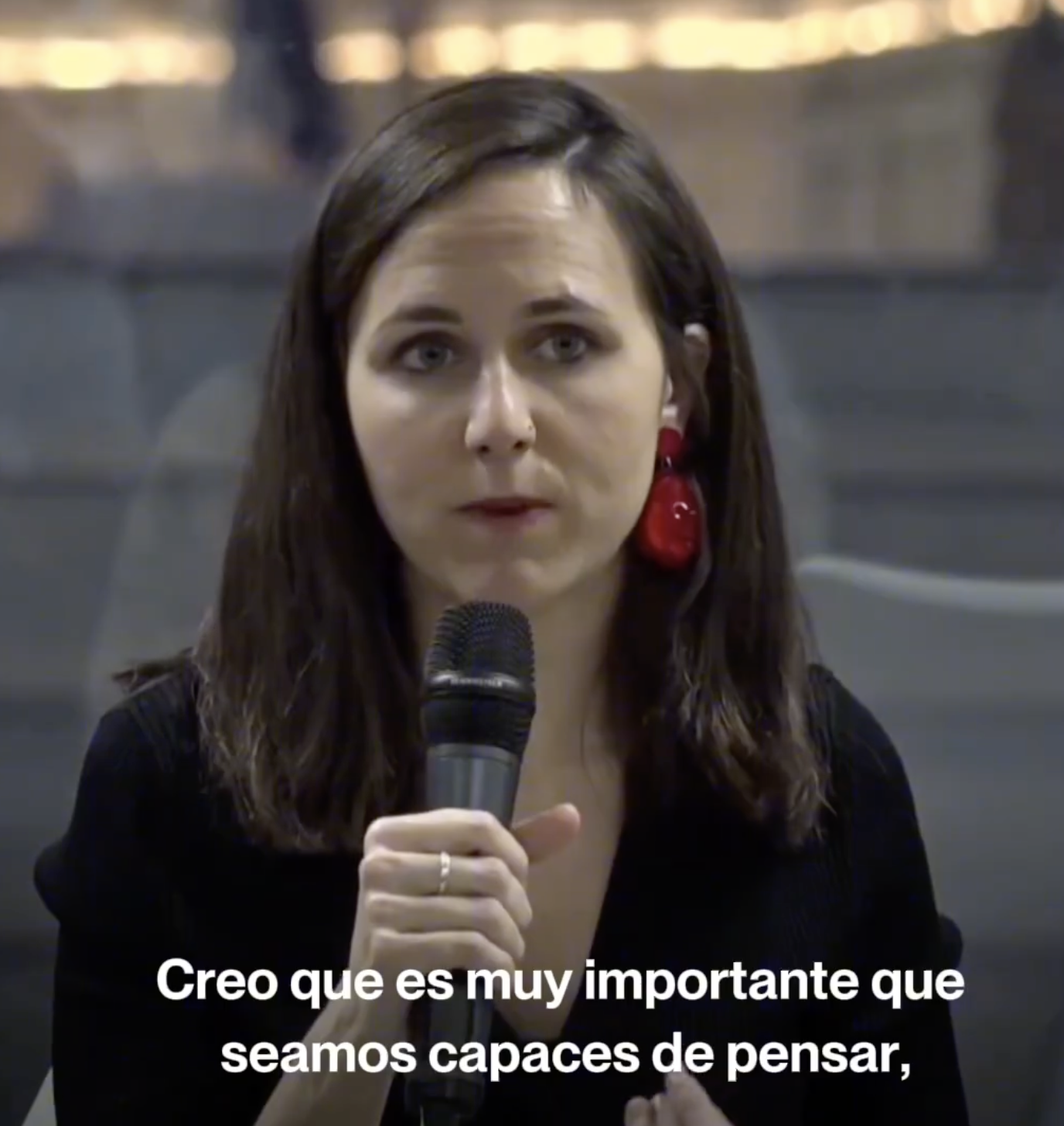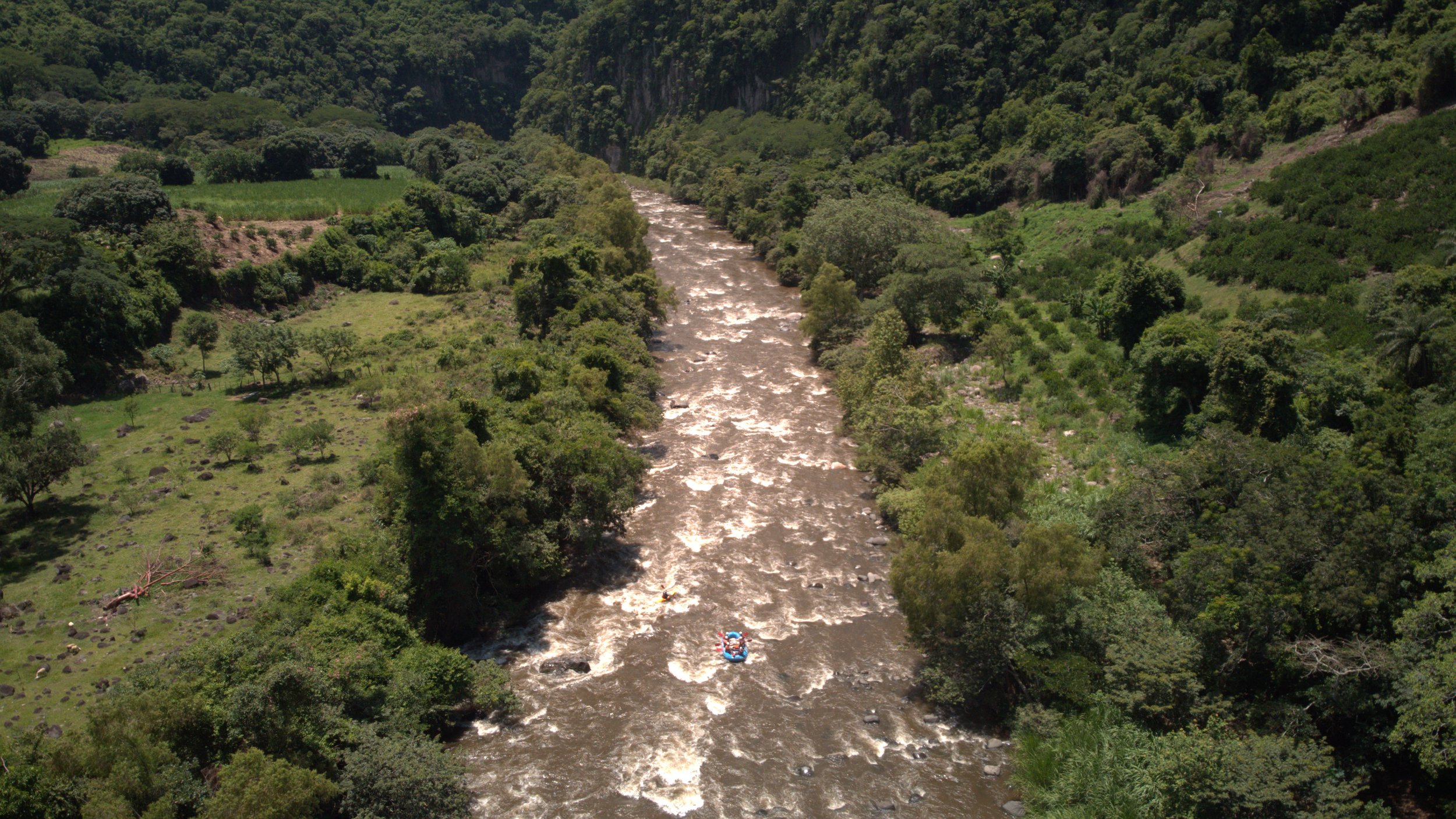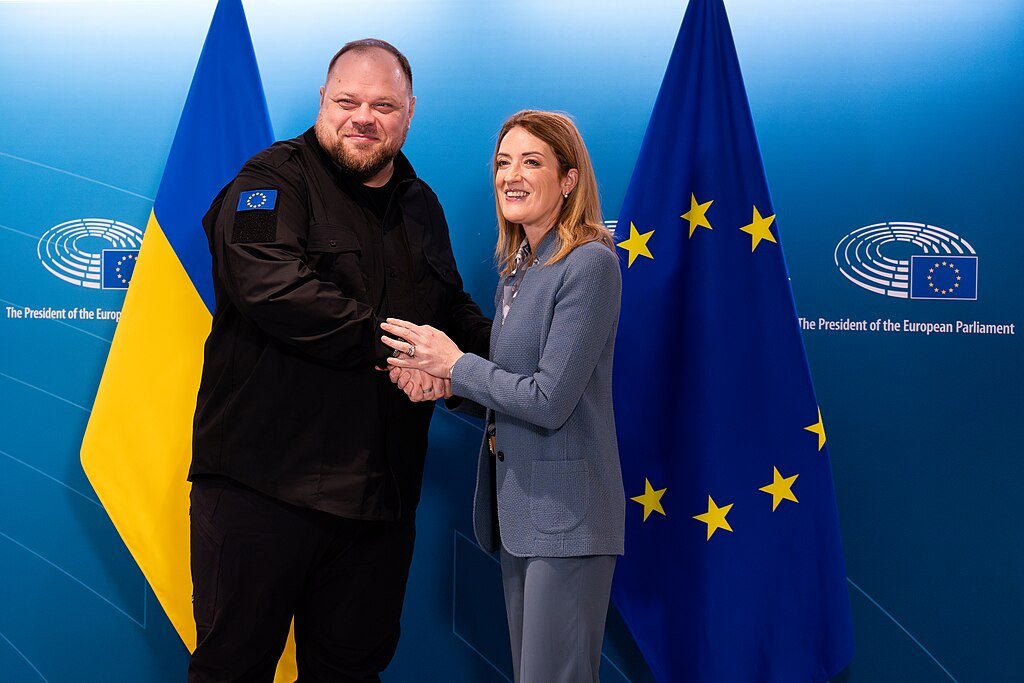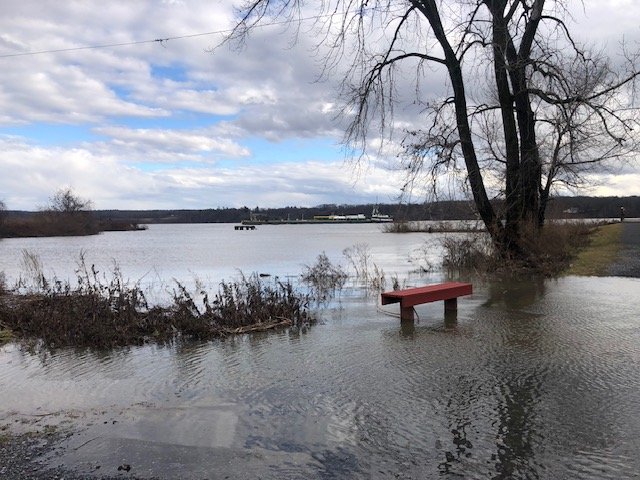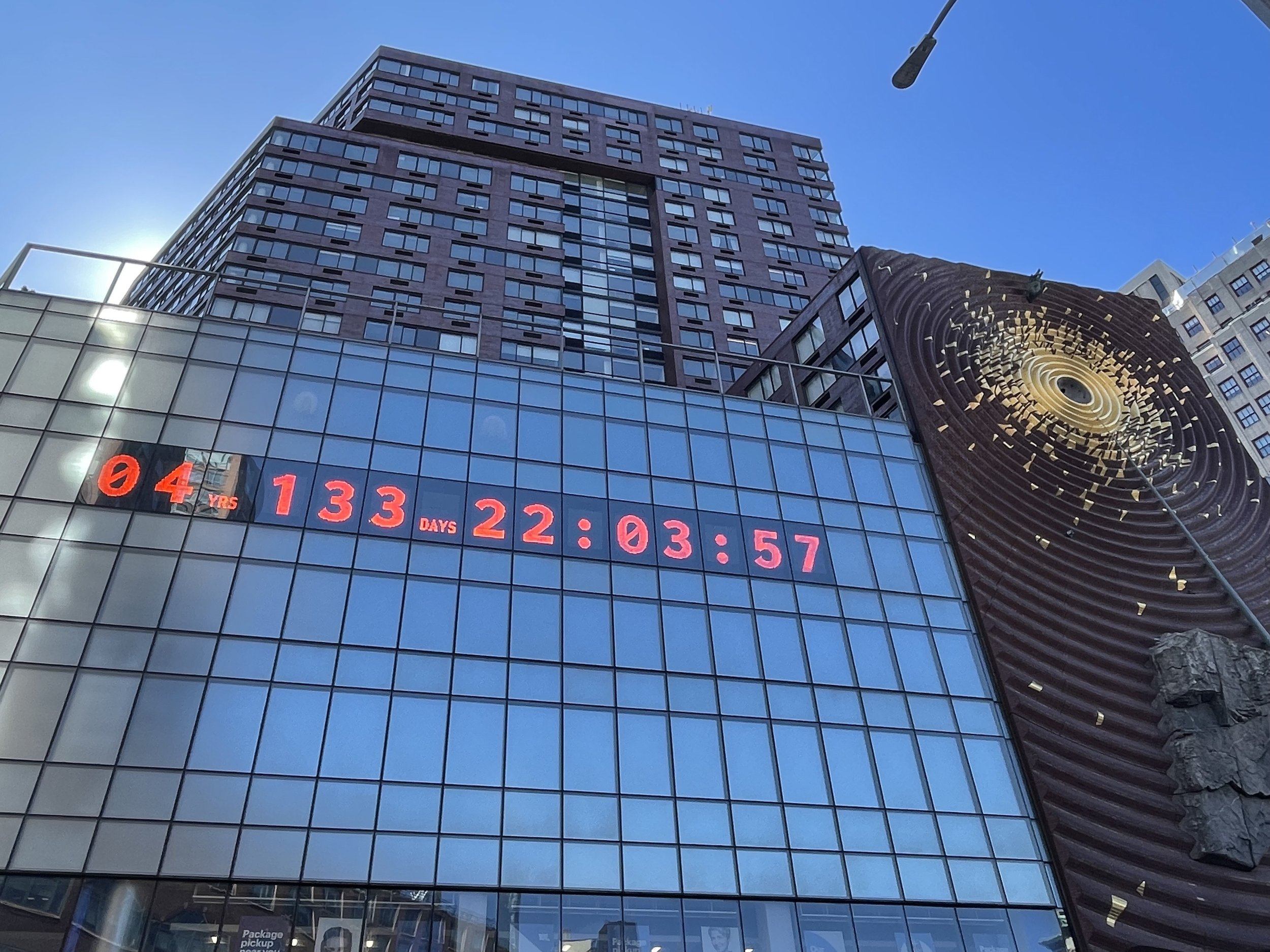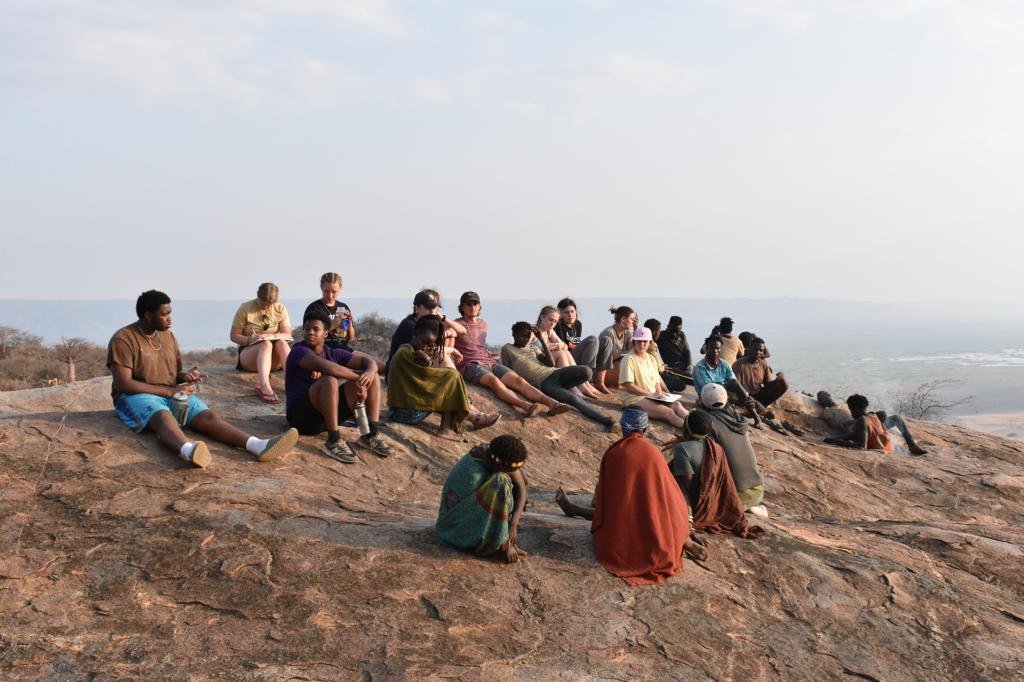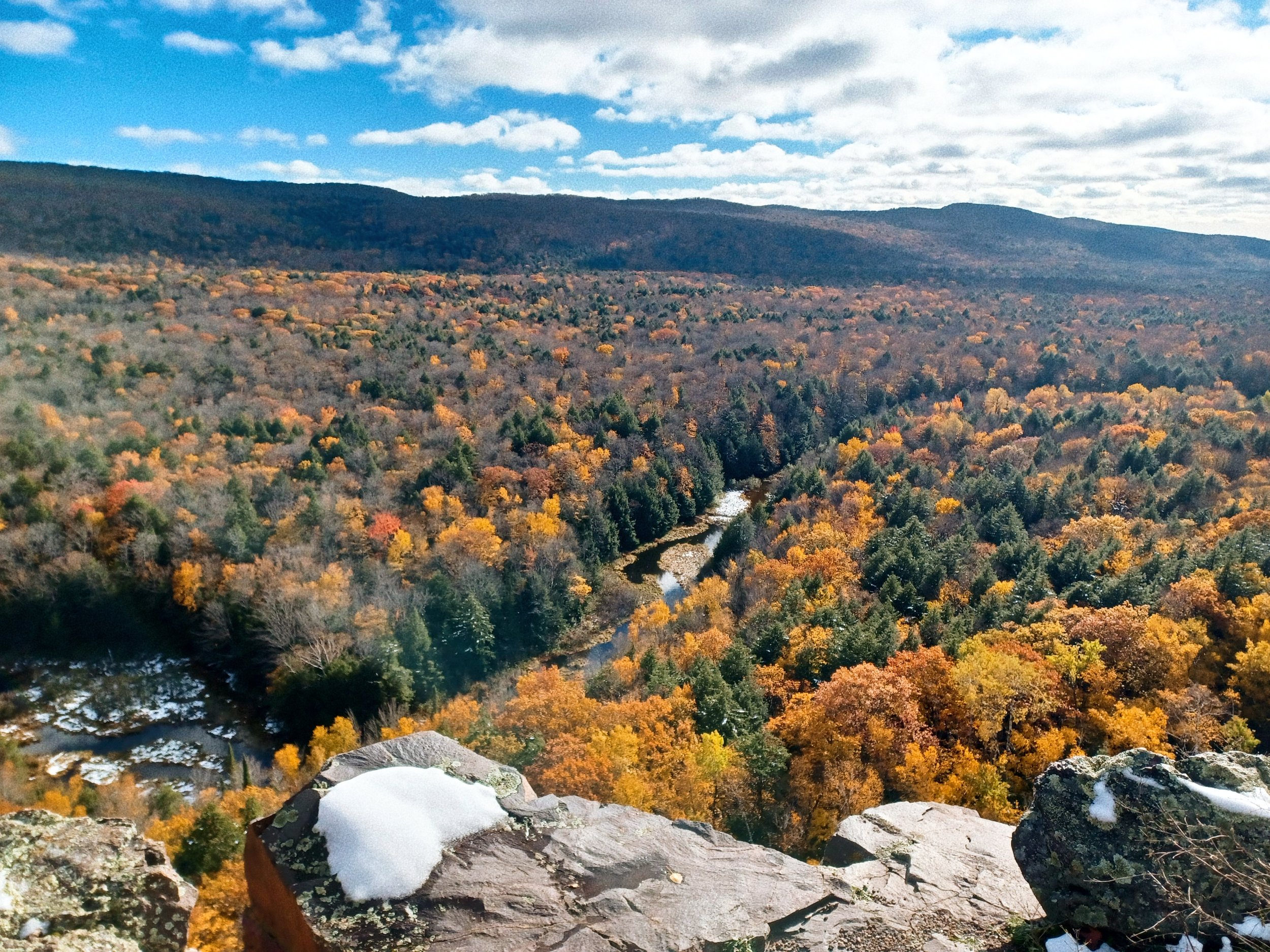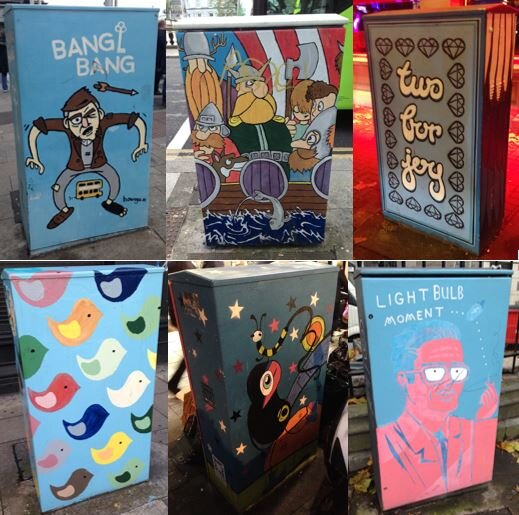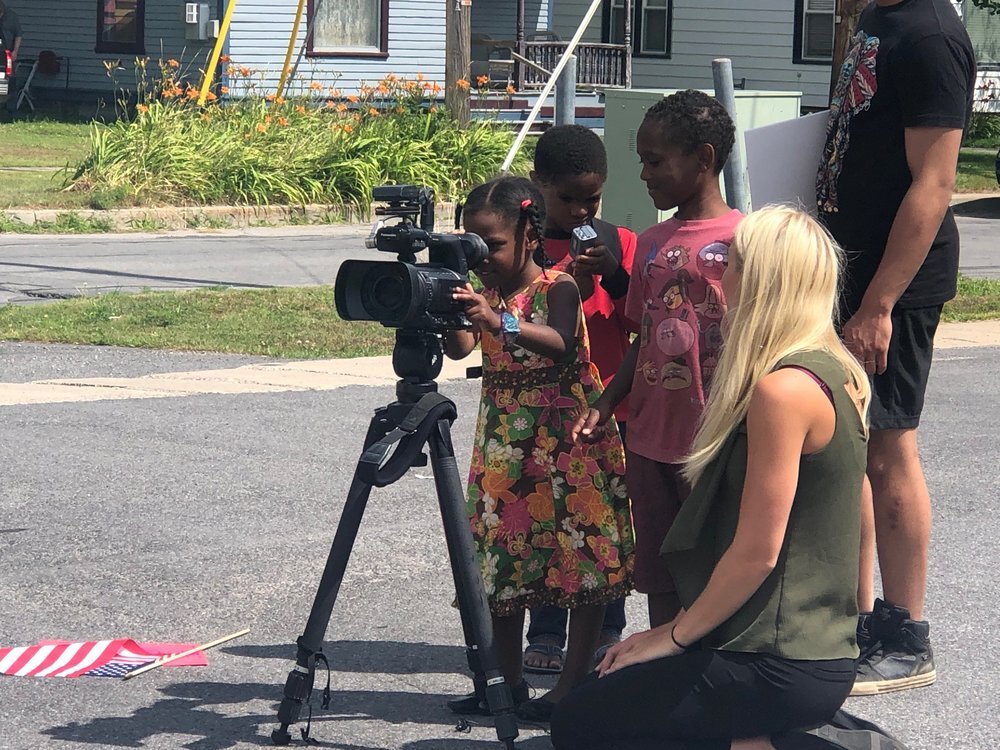
Stories
News
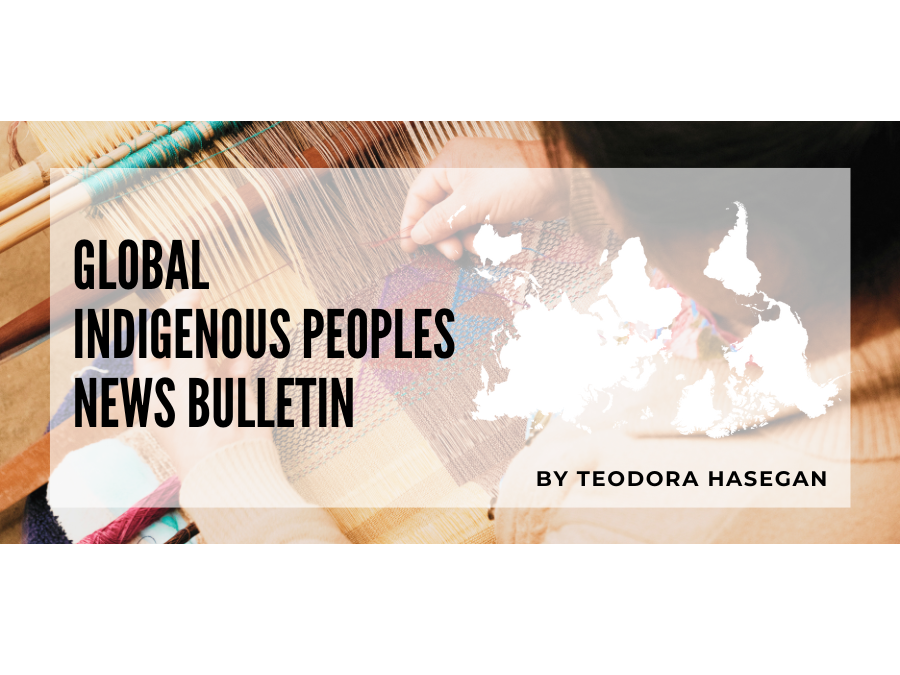
Analysis
Voices
Podcast
Announcements
Events
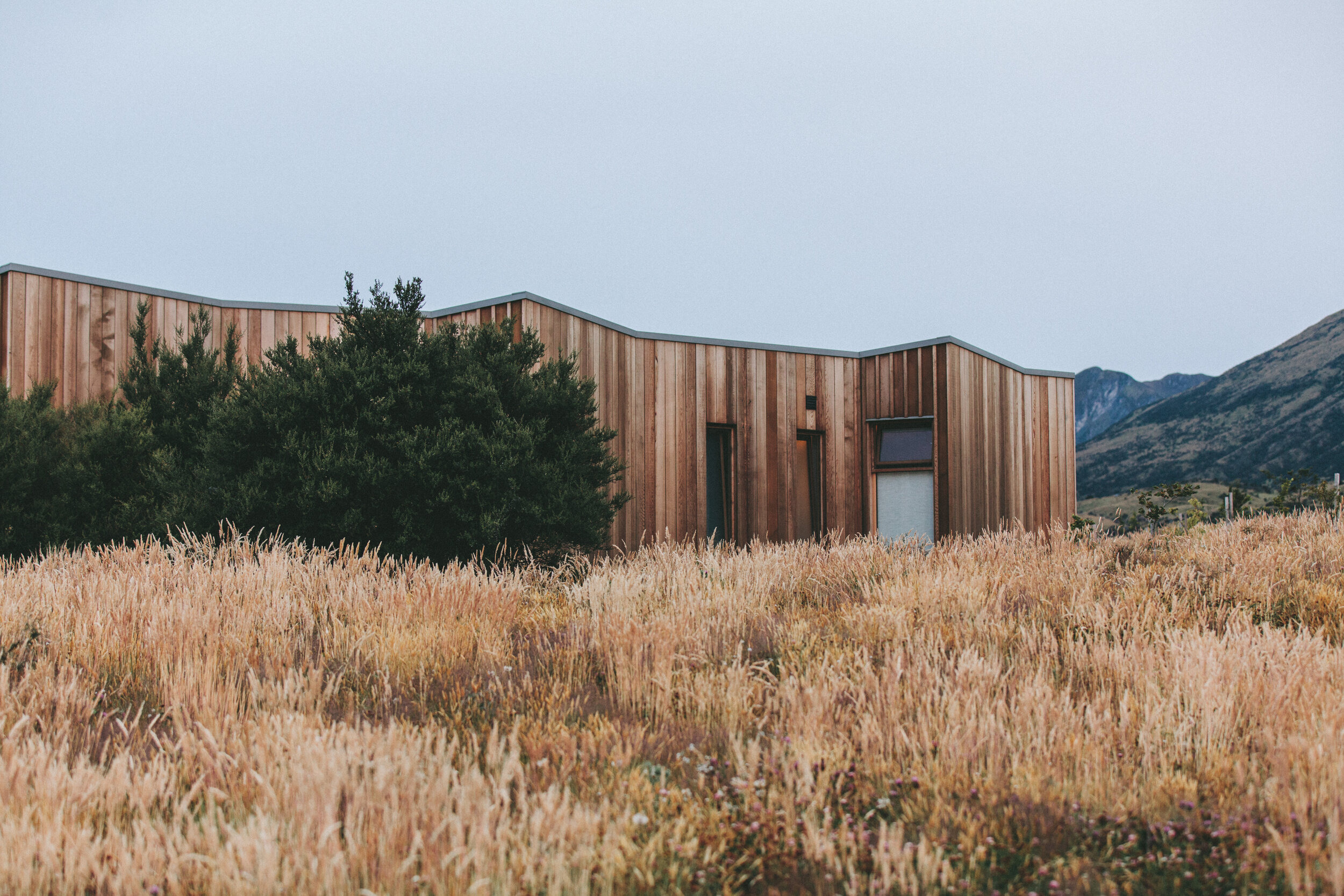
All Stories
Dissecting Boston II: Lines of Complicity
By Tzintzun Aguilar-Izzo
In his second post for our Weaving the Streets project, Tzintzun Aguilar-Izzo describes a firsthand account of one of his recent invasion “The Great Boston Wall of Gentrification,” contextualizing his act of resistance.
Weaving the Street Art of Amman
By Bridget Ireland
In her fourth post for our Weaving the Streets project, Bridget Ireland reflects on the emerging street art scene she encountered in Amman, Jordan, from innocuous and easily-ignored graffiti to celebrated and officially-sanctioned public art.
Yarnbombing Galway for the Holidays!
By Darcy Best
In her latest post for our Weaving the Streets project, Darcy Best checks in from Galway, Ireland, with news of some creative street culture activity in the 2020 European Capital of Culture.
Happy post-holiday season, y’all! It’s hard to believe that the holidays have come and gone once again and that we are now in a whole new year. It’s especially hard for me to believe because that means that I first stepped foot in my new hometown, the adorable and bustling medieval city of Galway, Ireland, just over two months ago.
Weaving the Past and the Present in Beirut's Public Spaces
By Bridget Ireland
One of the best parts of studying in Jordan, a centrally located Middle Eastern country, is the ease of travel around the region. I was lucky enough to travel to Beirut, Lebanon, over a break in the semester at AMIDEAST to experience a new city and new culture. Beirut has significantly more street art than Amman at the moment, partly because of the consistent political turmoil and lack of stability in the government. Street art is a way to express political activism and culture, which Beirut is not lacking. Colorful word art and unique designs adorn the city, a way of distinguishing itself as an independent city.
Humor on Allston Streets
By Raina K. Puels
Since moving to Allston, Massachusetts, in September, I’ve been delighted by the use of public space for displays of humor. When I walk to the bank or the grocery store, I almost always see art or text on the street that makes me laugh. My amusement causes other passersby to look at what I’ve discovered, and then they start laughing, too. And that attracts even more people and more giggles and more chuckles. Community is built through the shared experience of this humor. Allston is notorious for being an area populated by college students, grad students, and young post-grads, so it’s natural that many people in my neighborhood have a similar cultural framework that begets a communal sense of humor.
Attention-Grabbing Language, Thought-Provoking Messages
By Raina K. Puels
Many days I’ve walked through Boston in a huff of negative emotion; fuming about the man who kindly complimented my leggings, then yelled “Nice ass!” when I walked away; beating myself up about not doing enough to advocate for the safety of my friends of color, my queer friends, my trans friends; frustrated and scared about the interest growing on both my undergrad and grad school loans. But then I see text out of the corner of my eye and I’m taken out of my own thought-spirals back to the present, back to the street.
Reflections on the Murals of Gonzalo Borondo
By Rebecca Clayman
Since returning from Rome, where I reported for the Weaving the Streets and People’s History Archive (WSPHA) project this past spring, I find myself closing my eyes and allowing a wave of visual memories to wash over my mind. After living in such a visually captivating place there are an endless number of picture perfect moments to recall, but the images I am most enchanted by are ones that surprised me. Instead of reminiscing about the Pantheon saturated in afternoon sunlight, I think back to the images I felt most challenged or shocked by.






